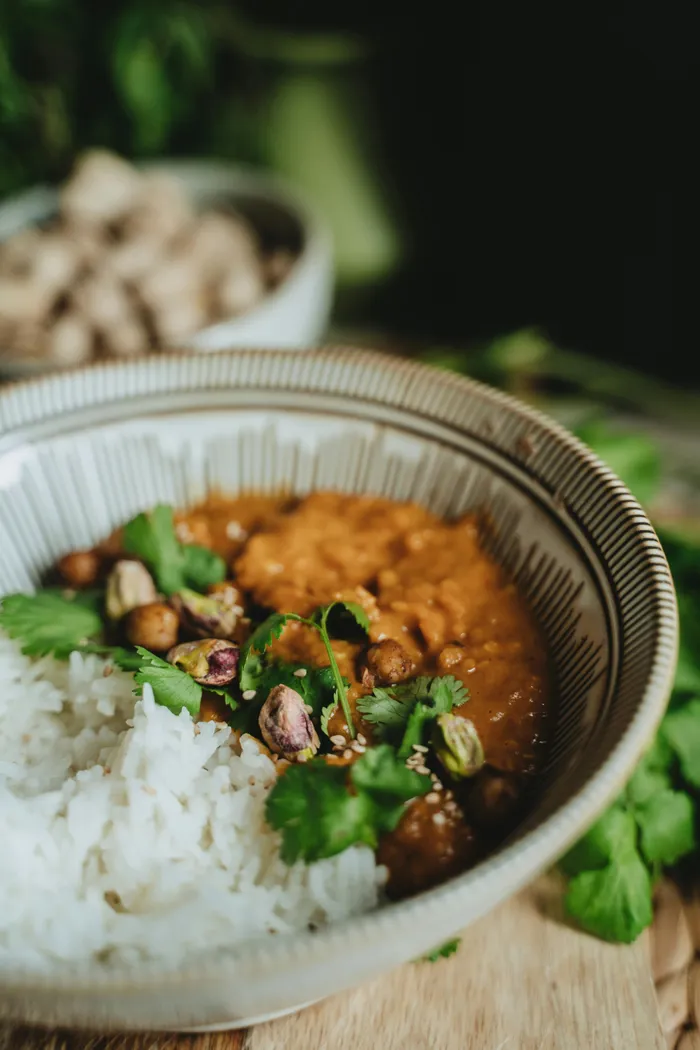Save money on groceries: effective protein swops to tackle high meat prices

Beans and lentils can provide protein without placing as much strain on household budgets.
Image: Pexels/Daniela Crucez
Meat prices in South Africa remain high and continue to drive overall food inflation.
According to FNB Agribusiness senior economist Paul Makube, food inflation slowed to 5.2% year-on-year in August 2025.
The slowdown was supported by small declines in cereals, fruits, vegetables, dairy and meat. On a monthly basis, food inflation fell 0.8%, with meat showing only a modest slowdown.
Makube noted that meat inflation, which reached a peak of 11.3% year-on-year in April, remains the main contributor to overall food inflation.
The rise in meat prices has been influenced by several factors. Foot-and-mouth disease has caused supply disruptions in the livestock sector.
At the same time, chicken imports from Brazil remained below previous levels. In July, poultry import volumes fell by 34.9% month-on-month and 70.9% year-on-year. The year-to-July total was down 30.2% compared to 2024.
These shortages have contributed to continued high prices.
Some relief has come from changes in supply. Export restrictions increased local meat availability. Improved slaughter rates also supported supply.
However, intermittent outbreaks of foot-and-mouth disease keep disrupting slaughter patterns and causing price volatility. This uncertainty makes it hard for consumers and retailers to predict short-term prices.
Seasonal crop forecasts and the performance of the rand provide further context for food inflation.
Makube explained that better crop production conditions in the 2025/26 season, coupled with a stronger rand, could reduce pressure on food prices.
Lower grain and oilseed prices may indirectly help reduce meat production costs. While meat prices are not expected to fall immediately, these factors may contribute to slower increases or gradual stabilisation in the medium term.
Despite these trends, consumers are seeking ways to manage their food budgets.
As meat remains the largest contributor to food inflation, smart protein swaps are becoming more common.

Plant-based proteins like beans and lentils offer reliable nutrition and are often cheaper than meat.
Image: Pexels/Alesia Kozik
Cheaper cuts of meat, poultry, eggs, beans and lentils can provide protein without placing as much strain on household budgets.
Combining plant-based proteins with smaller portions of meat is another strategy that allows households to maintain protein intake while controlling costs.
In practical terms, families can stretch their budget by planning meals around more affordable protein sources.
Bulk buying, portioning and slow-cooking tougher cuts of meat can reduce waste and maximise value. Poultry, especially chicken, remains a viable alternative where beef or lamb prices are high.
Plant-based proteins like beans and lentils offer reliable nutrition and are often cheaper than meat. Eggs can also be incorporated into meals to boost protein content at a lower cost.
Even traditional meals, such as a braai or Sunday roast, can be adapted with these strategies.
Substituting expensive cuts with more affordable options, mixing plant-based ingredients or adjusting portion sizes allows households to maintain meal traditions without overspending.
These swaps not only help manage costs but also reduce pressure on the overall food budget.
Related Topics: